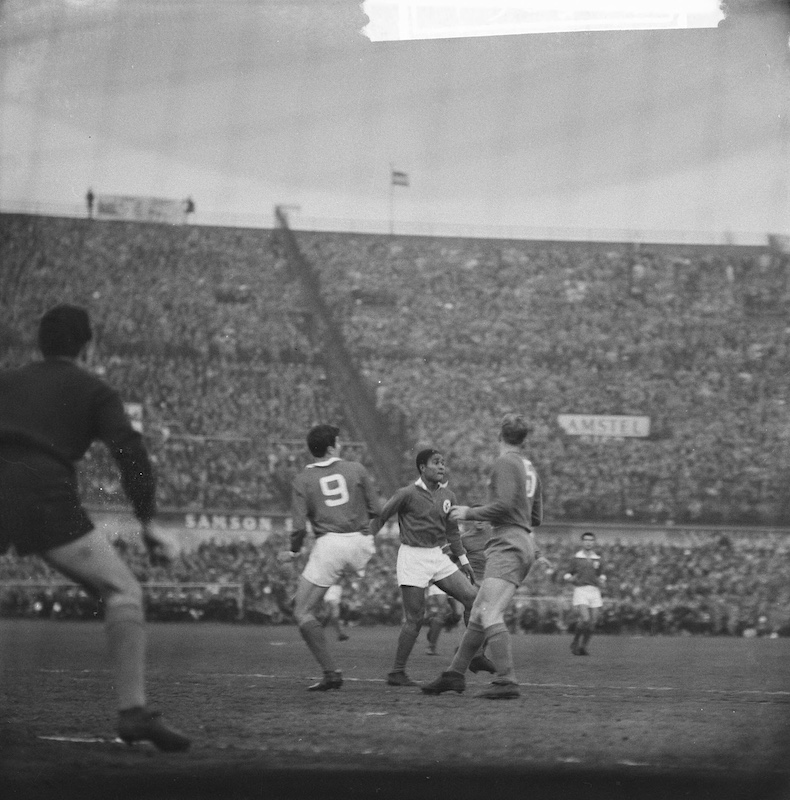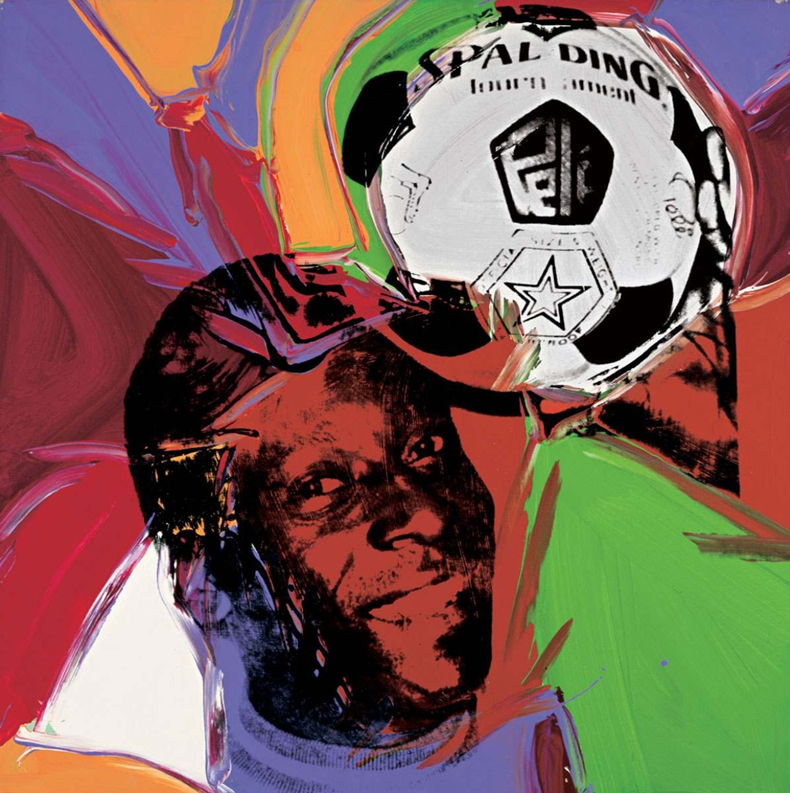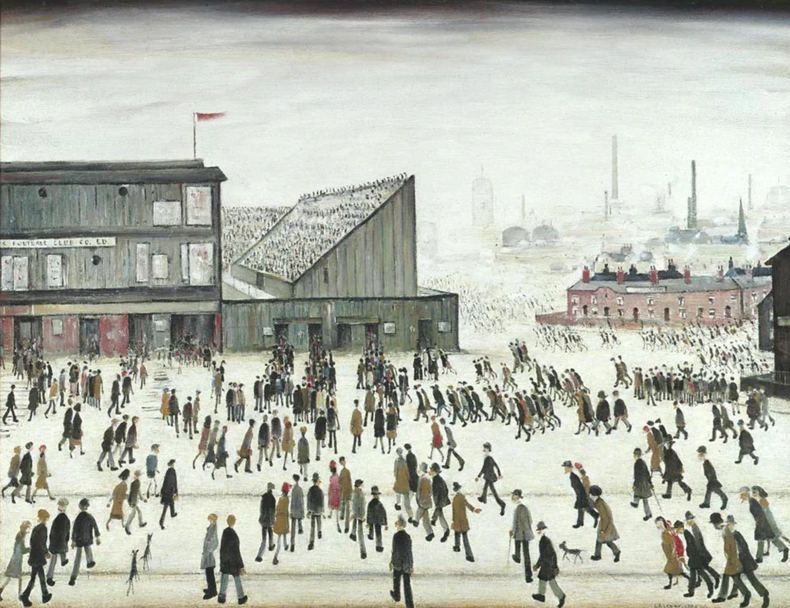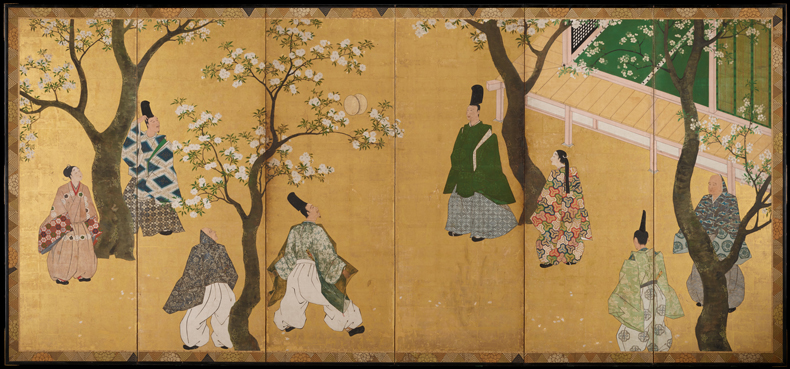
Eusébio, 2 May 1962, photographer unknown; detail. Photo courtesy Amsterdam Olympisch Stadion

‘Four things to see’ is sponsored by Bloomberg Connects, a free arts and culture platform that provides access to museums, galleries and cultural spaces around the world on demand. Explore now.
Each week we bring you four of the most interesting objects from the world’s museums, galleries and art institutions, hand-picked to mark significant moments in the calendar.
On 23 October 1940, Edson Arantes do Nascimento – who would come to be known as Pelé – was born in the small Brazilian town of Três Corações, kicking off his football journey with grapefruits and rag-stuffed sock balls at his feet. From these humble origins emerged the player who would popularise the phrase ‘the beautiful game’, capturing football’s unique combination of democratic accessibility and sheer artistry. Pelé understood that football’s beauty lies in its contradictions: requiring nothing but a ball yet capable of producing moments of sublime skill, embracing chaos while relying on formations, uniting the world’s richest and poorest.
This democratising power has made football a universal language: it crosses cultural boundaries with more ease than perhaps any other phenomenon. Artists have long recognised the visual and social richness of the sport, finding in its rhythms and rituals a reflection of broader human experience. From the surge of fans towards stadiums to individual moments of technical brilliance, football offers endless metaphors for aspiration, community and grace under pressure. This week, to mark 85 years since Pelé’s birth, we explore four works that capture different aspects of the game’s enduring cultural significance.

Eusébio, 2 May 1962
Olympisch Stadion, Amsterdam
This is a snapshot of one of the most celebrated European cup finals in football history, when Benfica overcame Real Madrid 5–3 in Amsterdam’s Olympic Stadium. Despite Real Madrid’s early lead, the Portuguese side rallied, with Eusébio scoring the two final goals before 65,000 spectators and a television audience of 100 million. The image captures Eusébio in a moment of intense concentration, his eyes fixed on the ball, which is outside the frame. Click here to find out more.

Edson-Pelé by Andy Warhol, from his series Athletes (1977)
Cranbrook Art Museum, Michigan
Warhol’s brightly coloured portrait elevates Pelé to the status of cultural icon alongside Marilyn Monroe – a recognition of football’s central place in the popular consciousness. The artist’s characteristic screen-printing technique, layered with brushwork that points to the centre of the piece, seems to create a kind of energy field, as if to convey the creative force unleashed by Pelé’s contact with the ball. Sporting excellence has generated its own form of celebrity for at least a century – who better to express this than Warhol? Click here to read more.

Going to the Match (1953), L.S. Lowry
The Lowry, Salford
Lowry’s painting captures the collective ritual of match day: streams of workers converge on the stadium in a scene that has become a well-known representation of English football culture. Currently displayed as an immersive 360-degree experience at the Lowry to celebrate the venue’s 25th anniversary, the work has gained new dimensions: viewers can step inside this world of collective movement and shared anticipation. Click here to learn more.

Kemari, Japanese Football Game under Cherry Blossoms (18th century), studio of Tawaraya Sōtatsu
Nezu Museum, Tokyo
These elegant screens depict kemari, the ancient Japanese ball game that pre-dates modern football by more than a millennium. Played by aristocrats and samurai as a highly ritualised art form, kemari – a kind of keepie-uppie, played without the use of hands or arms – demonstrates how ball games have long served purposes beyond mere recreation. The delicate cherry blossoms suggest the seasonal nature of this courtly entertainment, while the players’ formal postures reveal kemari’s function as social performance. Click here to discover more.

‘Four things to see’ is sponsored by Bloomberg Connects, a free arts and culture platform that provides access to museums, galleries and cultural spaces around the world on demand. Explore now.